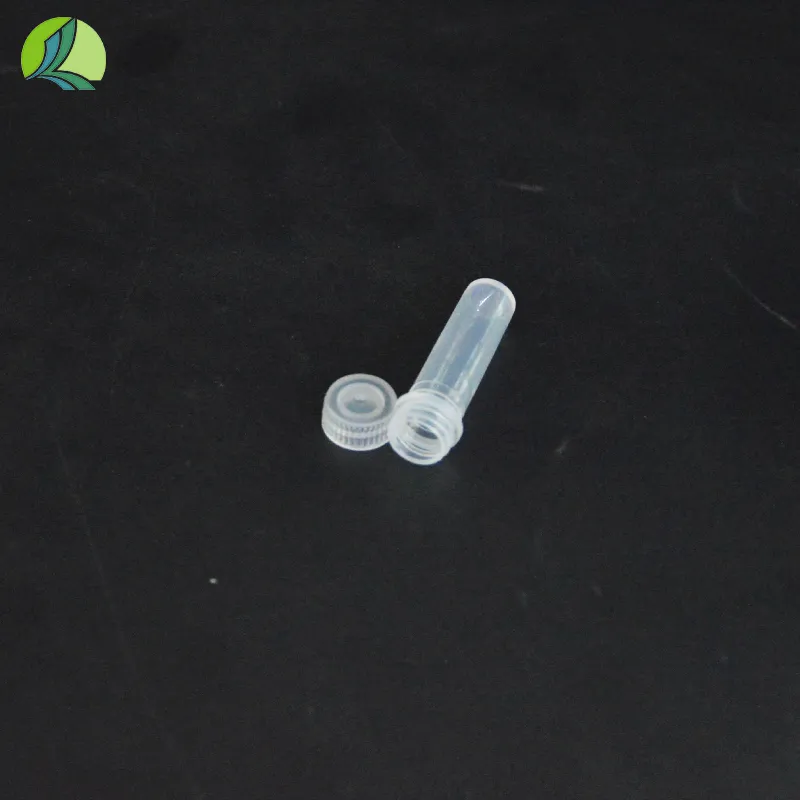https://www.wahmg.com/)">
Exploring the Applications and Advantages of Petri Plates in Scientific Research and Laboratory Settings
Exploring the Applications and Advantages of Petri Plates in Scientific Research and Laboratory Settings
The Uses of Petri Plates in Scientific Research
Petri plates, also known as Petri dishes, are flat, cylindrical glass or plastic containers that have become an essential tool in various fields of scientific research, particularly in microbiology, biology, and molecular genetics. Named after German scientist Julius Richard Petri, who invented them in the late 19th century, these plates have revolutionized the way scientists culture and study microorganisms.
One of the primary uses of Petri plates is in the cultivation of bacteria and fungi. Researchers can introduce a small sample of the microorganism into a nutrient medium contained within the plate, allowing it to grow and form colonies. This process is crucial for understanding the characteristics of different species, as well as for identifying pathogens in clinical specimens. By using selective media, scientists can isolate specific types of bacteria or fungi, making it easier to study their behavior, reproduction, and response to antibiotics. This aspect is particularly critical in medical microbiology, where identifying the right pathogen is essential for patient treatment.
The Uses of Petri Plates in Scientific Research
In addition to microbiology, Petri plates find applications in plant biology. Scientists utilize these dishes to grow plant tissue cultures, a technique that allows them to propagate plants under sterile conditions. This method is invaluable for research in plant genetics, as it enables the study of genetic traits, disease resistance, and the effects of various environmental factors on plant growth. By maintaining strict aseptic conditions in Petri plates, researchers can avoid contamination and ensure the success of their experiments.
petri plate uses

Moreover, Petri plates are commonly used in ecology to study microbial diversity in various environments. By collecting soil or water samples and inoculating them into plates with specific media, researchers can isolate and identify the microorganisms present in these ecosystems. This information helps in understanding the ecological roles of different species, their interactions, and the overall health of the environment. Such studies are crucial for conservation efforts and monitoring the impacts of pollution and climate change.
Researchers also use Petri plates for various practical applications, such as in food safety testing. By sampling food products and incubating them on selective media, scientists can detect harmful bacteria, such as E. coli and Salmonella, which can pose significant health risks to consumers. These tests play a vital role in ensuring food safety and regulating the food industry.
In the field of pharmaceuticals, Petri plates are utilized to evaluate the efficacy of new drugs. By exposing cell cultures to potential medications, researchers can observe the effects on cell growth and viability. This preliminary testing is crucial in the drug development process before advancing to more complex in vivo studies.
In conclusion, Petri plates are versatile and invaluable tools in scientific research. From microbiology and plant biology to food safety and pharmaceuticals, their applications are vast. These simple yet effective dishes facilitate the cultivation and study of microorganisms, aid in antibiotic testing, and contribute significantly to a better understanding of biological processes. As research continues to evolve, Petri plates will undoubtedly remain a cornerstone of laboratory work, enabling discoveries that benefit science, medicine, and society as a whole.
-
Wholesale Plastic Juice Bottles with Caps 16 oz Options Available Bulk Packaging SolutionsNewsJun.10,2025
-
Laboratory Apparatus Reagent Bottle – Durable & Chemical Resistant Bottles for Safe StorageNewsJun.10,2025
-
Squeezable Dropper Bottles Durable, Leak-Proof & CustomizableNewsMay.30,2025
-
Affordable Plastic Petri Plates Sterile & Disposable Lab-GradeNewsMay.30,2025
-
Eye Dropper Caps Precision 24/410 & Plastic Bottle-Compatible TipsNewsMay.30,2025
-
Affordable Mini Spray Bottle Price & Wholesale Deals Shop NowNewsMay.29,2025





















